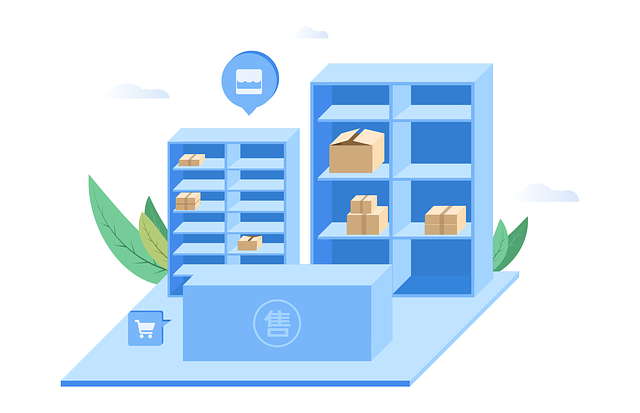Wholesale Ecommerce in 2023 and More News
It’s Tuesday, so we’re looking at tips and trends that matter to online sellers. Here’s a statistic for you: According to a report from Statista, business-to-business (B2B) ecommerce sales reached 1.7 trillion U.S.dollars in the United States in 2021. Estimating a compound annual growth rate of 10.7 percent, U.S. B2B e-commerce will generate over three billion U.S. dollars sales by 2027.

Subscribe to our newsletter for more interesting statistics every week! Today’s tips have 614 words and take 2 ½ minutes to read.
On Friday, we cited a report from Market Pulse containing data that confirms Amazon’s average commission cut from each sale surpassed 50% for the first time last year. And with companies like Facebook and Google also raising fees, it’s getting expensive to sell directly to consumers.
If your B2C sales model is suffering from fees or the overall market downturn happening at the moment, it may be time to switch things up to a B2B model. B2B ecommerce sales are trending North — see the chart above — and it presents a solid opportunity to increase margins in many key categories.
Here are some key reasons wholesalers are moving to an ecommerce model.
| Do you have a great business idea, but you don’t know how to get started selling online? Shopify is the answer. With Shopify, you can create an eCommerce website in minutes, without any design or coding experience. The platform is packed with features that help you find new customers, drive sales, and manage your day-to-day operations. So whether you’re just getting started or you’ve been in business for years, Shopify has everything you need to take your business to the next level. |

Start selling with Shopify
for $1/month for your first 3 months.

Reasons Wholesaling and Ecommerce Are a Good Fit
1. Reach customers globally
Many wholesalers still only sell locally or regionally, but the landscape is changing quickly. Wholesalers can expand their reach beyond their physical location and attract customers from all over the world through their website, social media, and marketplaces.
This omnichannel experience allows customers to find wholesalers on different devices and channels, making it easier to connect with them.
2. Increase revenue
Wholesalers can increase revenue by using an ecommerce platform to lower unnecessary costs and expand their online presence. With the right website design, they provide intuitive ways for prospective buyers to explore inventory, identify products, and expedite the ordering process.
3. Automate manual processes
There are tons of ecommerce platforms and solutions available to help sellers automate time-consuming manual processes like checkout, billing, and inventory management.
This saves employees’ time, allowing them to focus on other parts of the business, such as digital marketing or customer service. And sales teams can work with larger, more complex accounts instead of handling order processing for bulk purchases.
4. Make data-driven decisions
Analytics solutions like Google Analytics provide access to granular customer data and insights, such as which pages and products customers are viewing the most, how many visitors clicked on a specific coupon, and the average time spent on a webpage.
This data can inform marketing campaigns, product mix, pricing, discounts, and more. Combined with feedback from sales representatives and customer service, this information can help wholesalers better understand their customers’ needs.
5. Enhance customer relationships
Wholesale buyers are often on-the-go and use their mobile devices to research products while traveling or on a job site. Ecommerce makes it possible for them to research options and make purchases from their mobile phone with added convenience.
This move to the online marketplace has made shopping more convenient for B2B buyers who know what they need and have negotiated wholesale prices. By making the move online, the sellers can better understand their customers’ wants and needs.
Alibaba is one of the largest suppliers in the world for B2B sellers. If you’re looking to integrate wholesale ecommerce into your business model, the chart below can help you find the right product categories to research. Commercial service equipment was the fastest growing product category in 2021 by a large margin.

Also in the News
- Shopify sales are back to pre-pandemic trend.. Bloomberg (paywall).
- The EU Digital Services Act is in full effect. De Telegraaf (in Dutch).

Leave a Reply